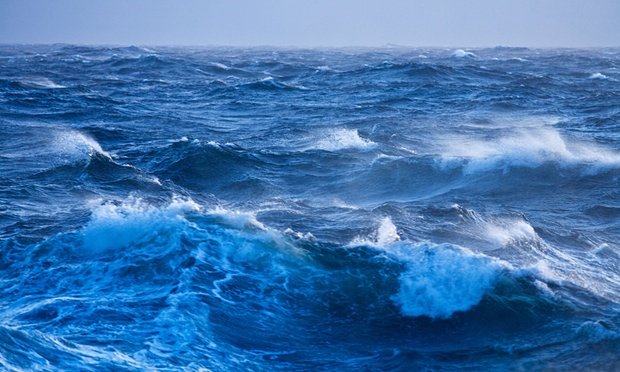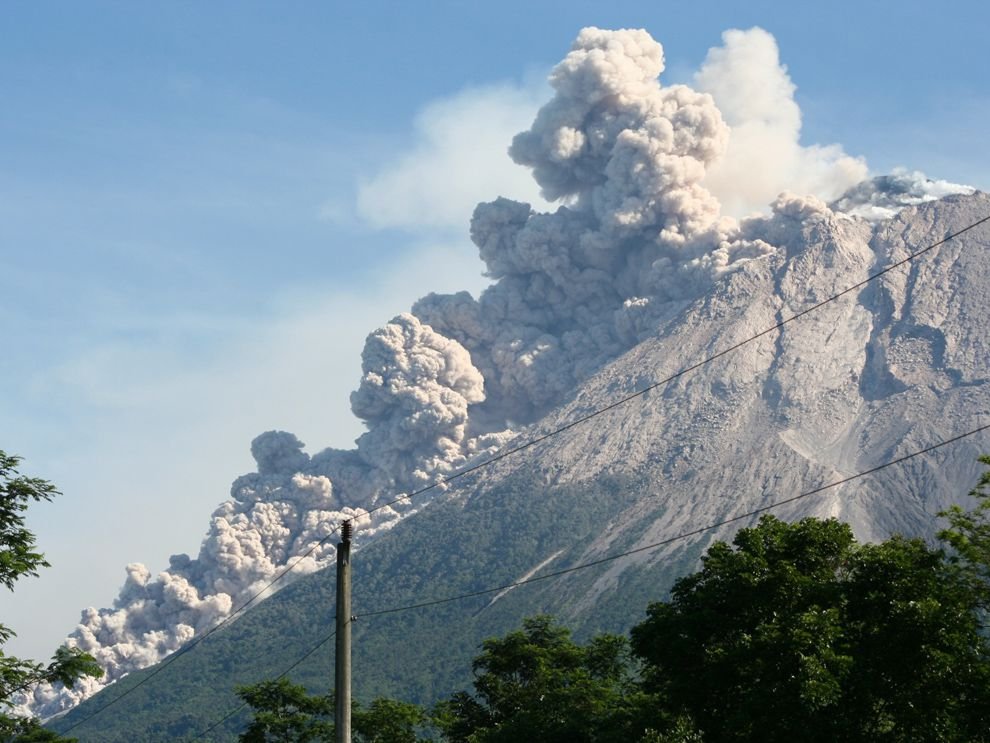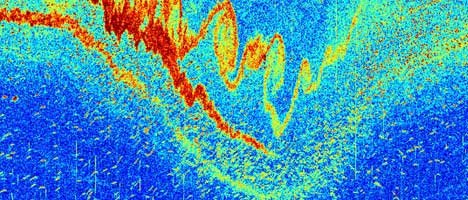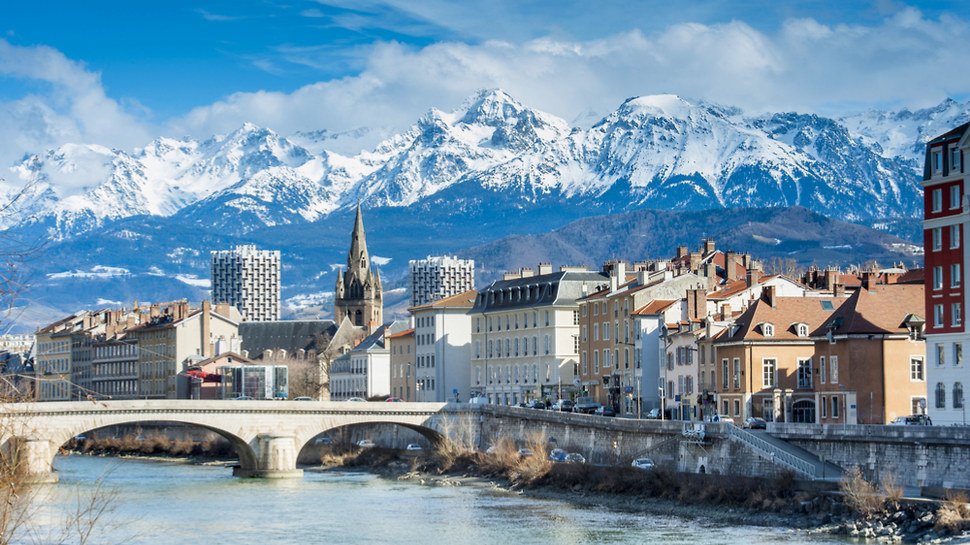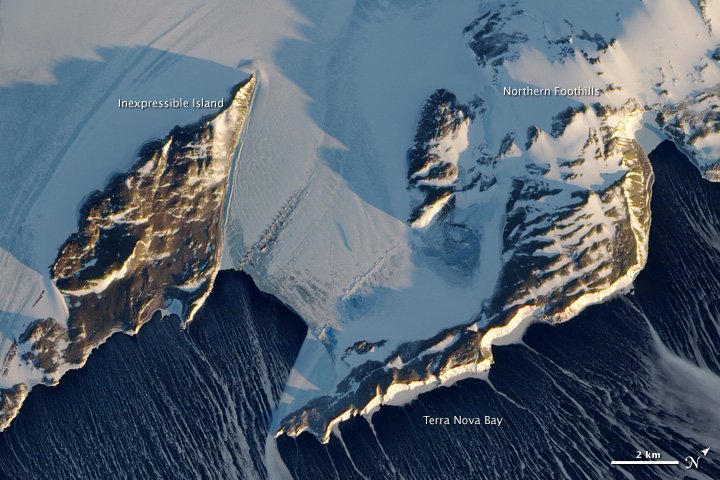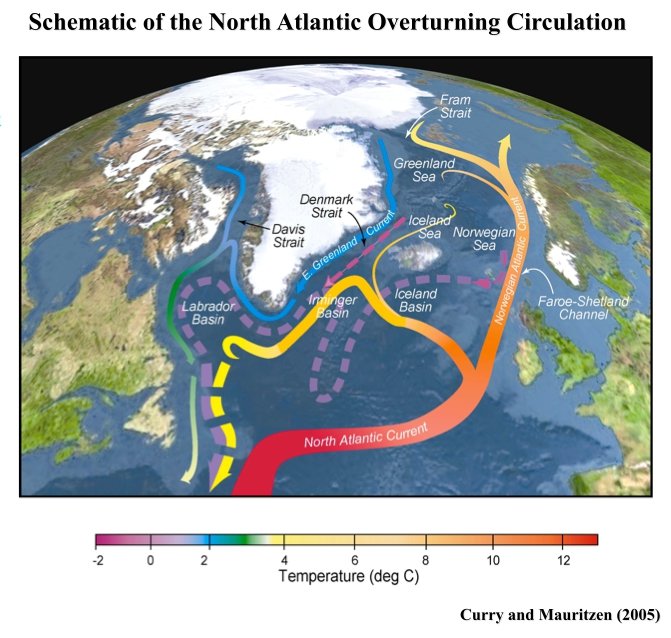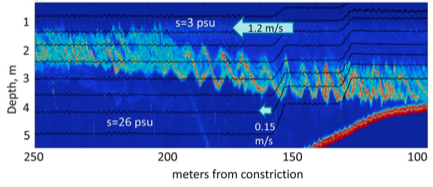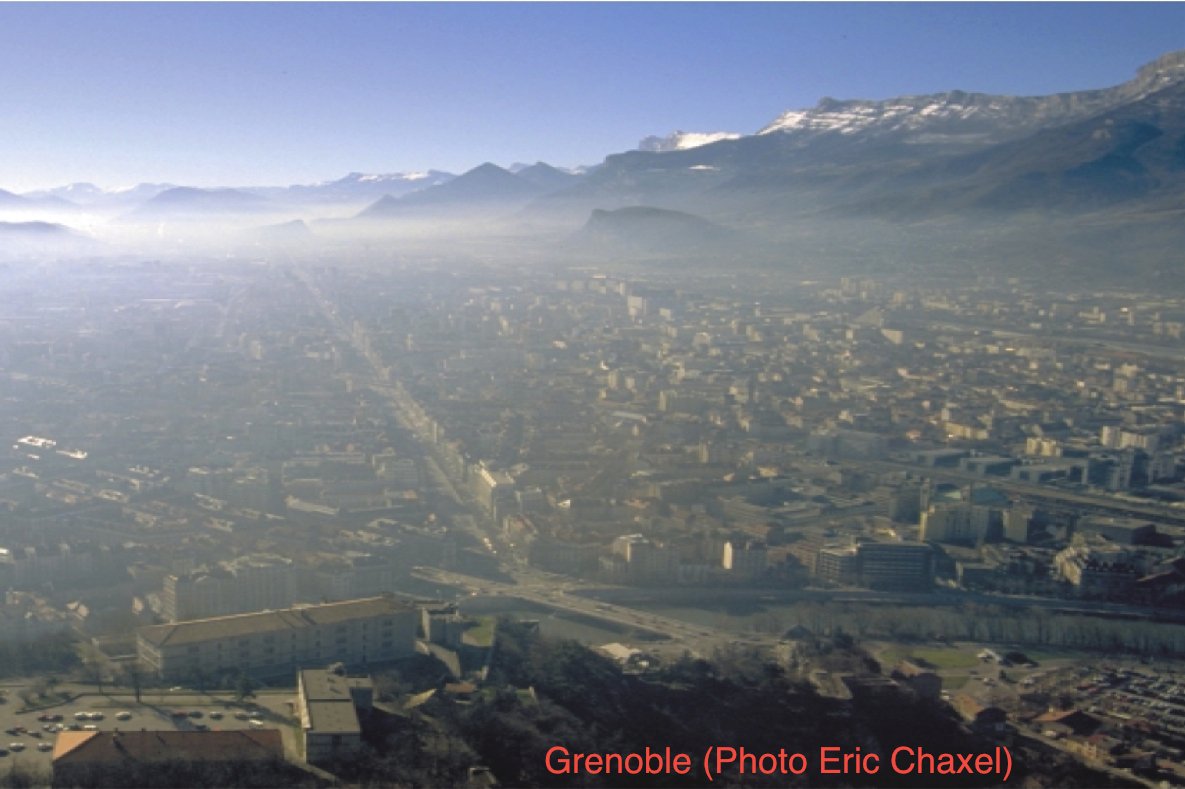Gravity currents represent a ubiquitous phenomenon in nature and technology. They constitute predominantly horizontal flows driven by hydrostatic pressure gradients as a result of density variations due to differences in temperature, chemical composition or suspended particles. Examples of atmospheric gravity currents include sea breezes and thunderstorm outflows, while buoyant river plumes and the Mediterranean and Red Sea outflows represent important oceanic gravity currents.
Within the realm of technical applications, gravity currents are encountered under a large variety of circumstances, including the heating and cooling of buildings, tunnel fires, flows within water treatment facilities, as oil slicks on the ocean surface, or during CO2 sequestration in depleted oil reservoirs. Turbidity currents, snow avalanches, pyroclastic flows and haboobs represent a class of gravity currents in which the particles are largely or wholly suspended by fluid turbulence. Turbulence is mainly generated at the lower and (where unstable) upper boundaries of the domain by the forward motion of the current, this motion in turn being driven by the action of gravity on the density difference between the particle-fluid mixture and the ambient fluid. The ambient fluid is generally of similar composition to (and miscible with) the interstitial fluid, and, in most natural cases on the Earth’s surface, is water or air. Particulate gravity currents are non-conservative in that they may exchange particles with the bed by deposition or suspension, and may exchange fluid with the ambient by entrainment or detrainment.
Aim of this colloquium is to gather the scientific community to exchange knowledge on recent developments in gravity currents, such as integral models using vorticity arguments, 3D numerical simulations and laboratory measurements. Contributions will enable these advances to be shared among the community and help promote further research within the field. The colloquium will also bring together engineers, geoscientists and oceanographers to survey the current state of understanding of gravity currents, from theoretical, computational and experimental perspectives and from direct observations in the environment and industry, with an emphasis on their fluid mechanics, so that new interdisciplinary collaborations can develop.
We welcome contributions on a variety of topics including, but not limited to:
- conceptual/experimental models for density currents
- high-resolution simulations of density currents
- interaction of density currents and overflows with bottom topography and stratified ambients
- dynamics of compositional/particulate gravity currents
- quantifying the role of erosion and deposition
- dynamics of compositional gravity currents
- gravity currents in porous media
- non-Boussinesq gravity currents
The format of the meeting will consist of informal oral presentations in plenary sessions and some poster presentations that will be displayed throughout the colloquium, with ample opportunity for discussion. The workshop will be by invitation only, but if you feel that one of your colleagues would have a particular contribution to make, please bring it to their (and our) attention. We anticipate approximately 60 participants.
Abstract
Deadline for submitting a one-page abstract extended to (to euromech-2023@legi.cnrs.fr): March 26th, 2023.
The final program can be dowloaded HERE .
The booklet including the list of participants and abstracts HERE .

